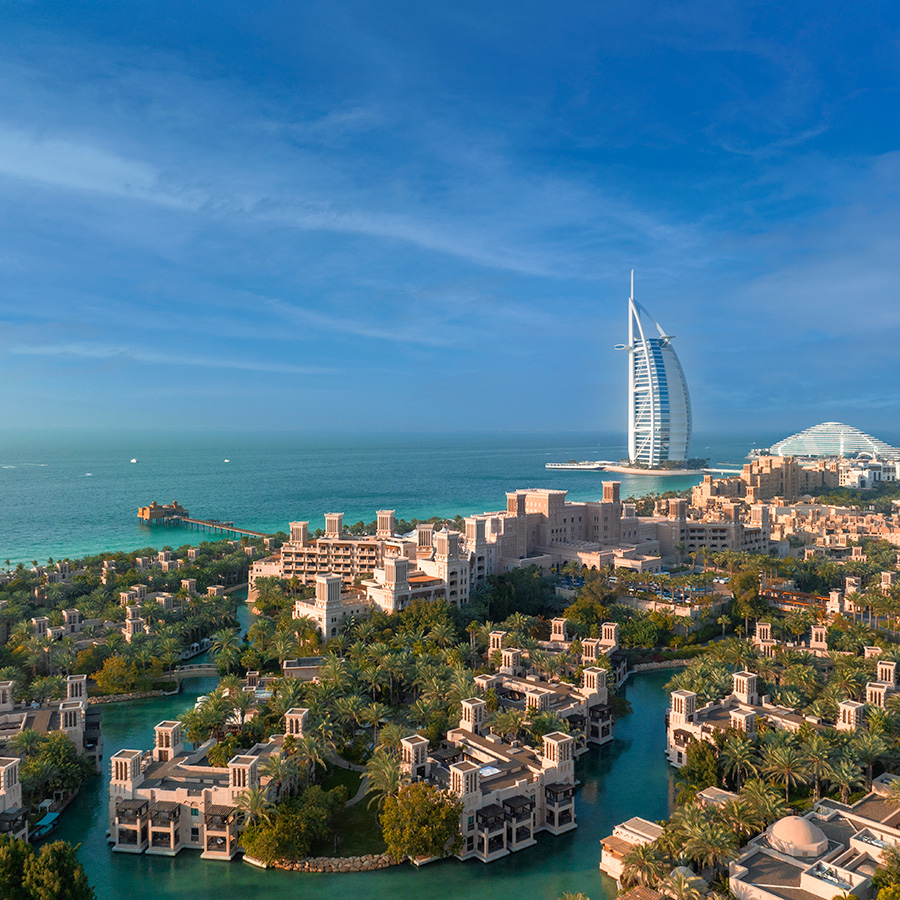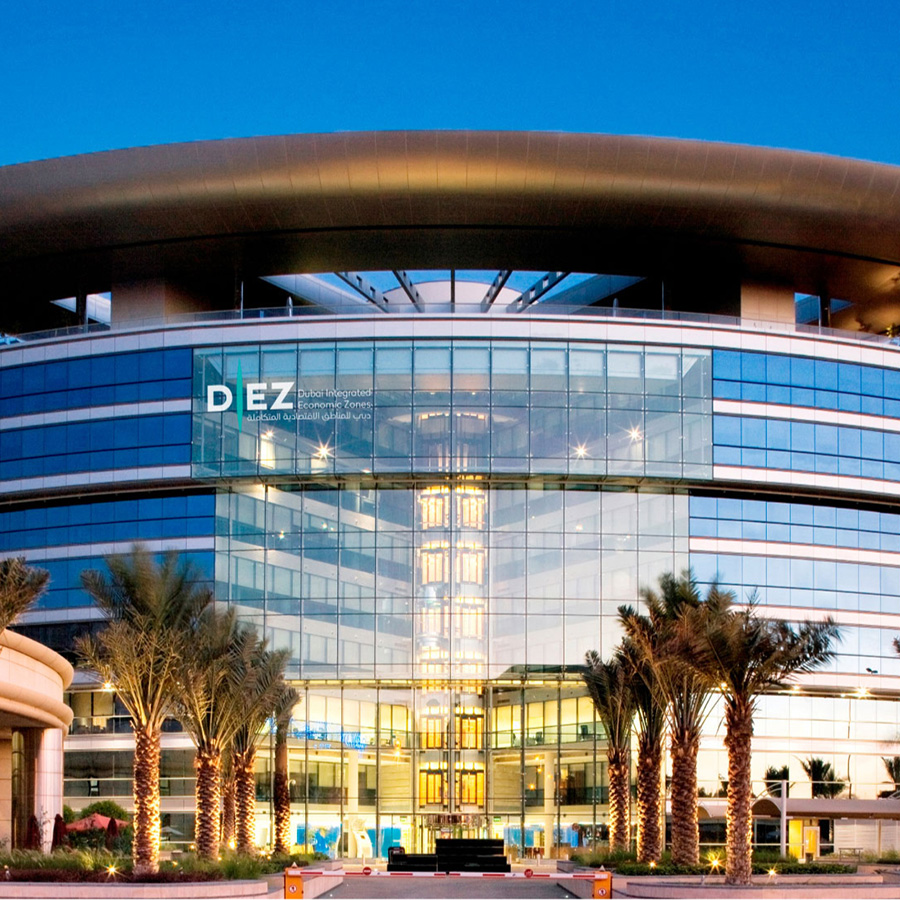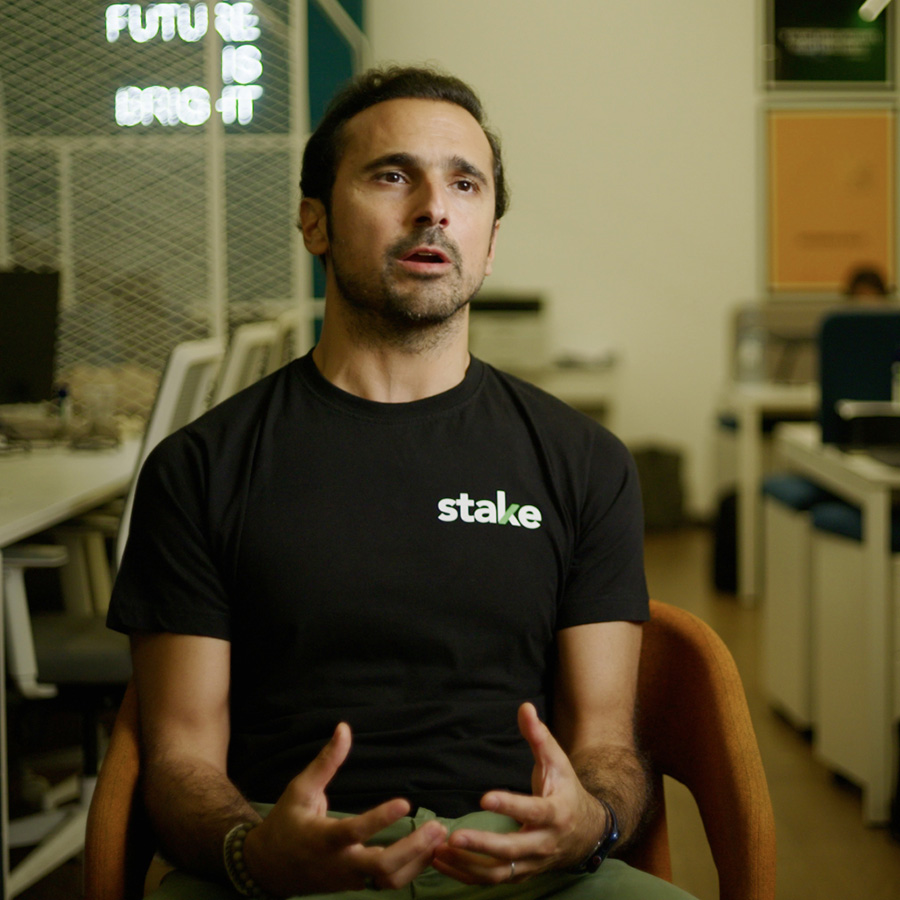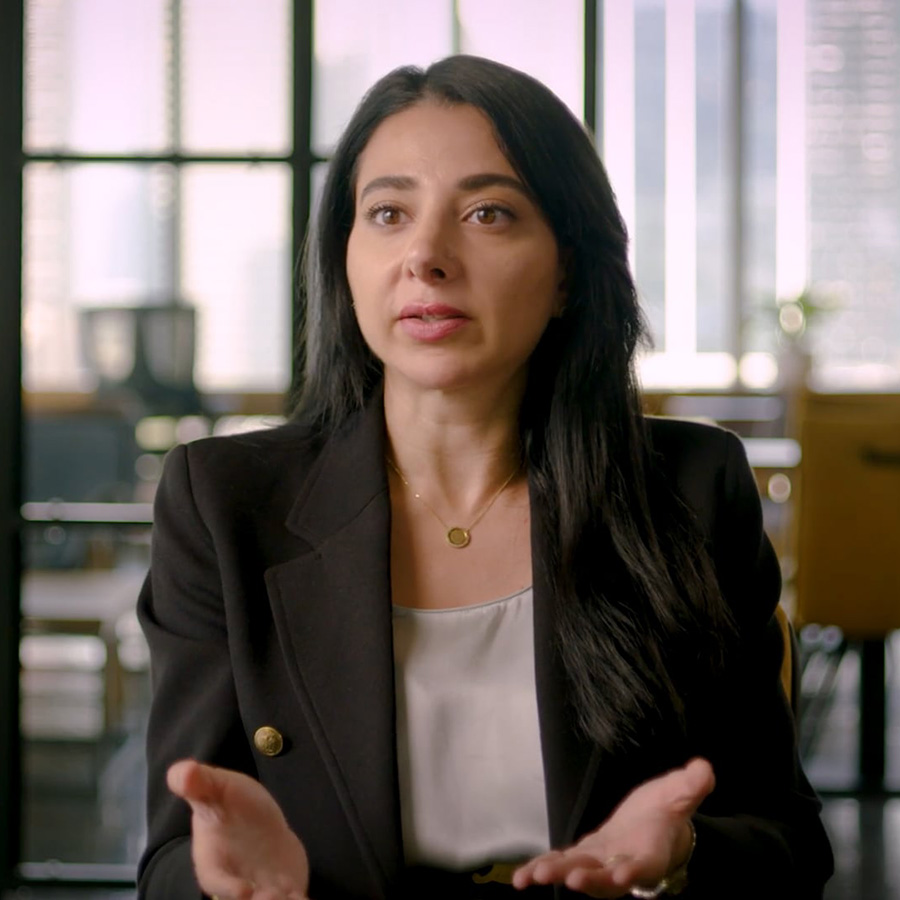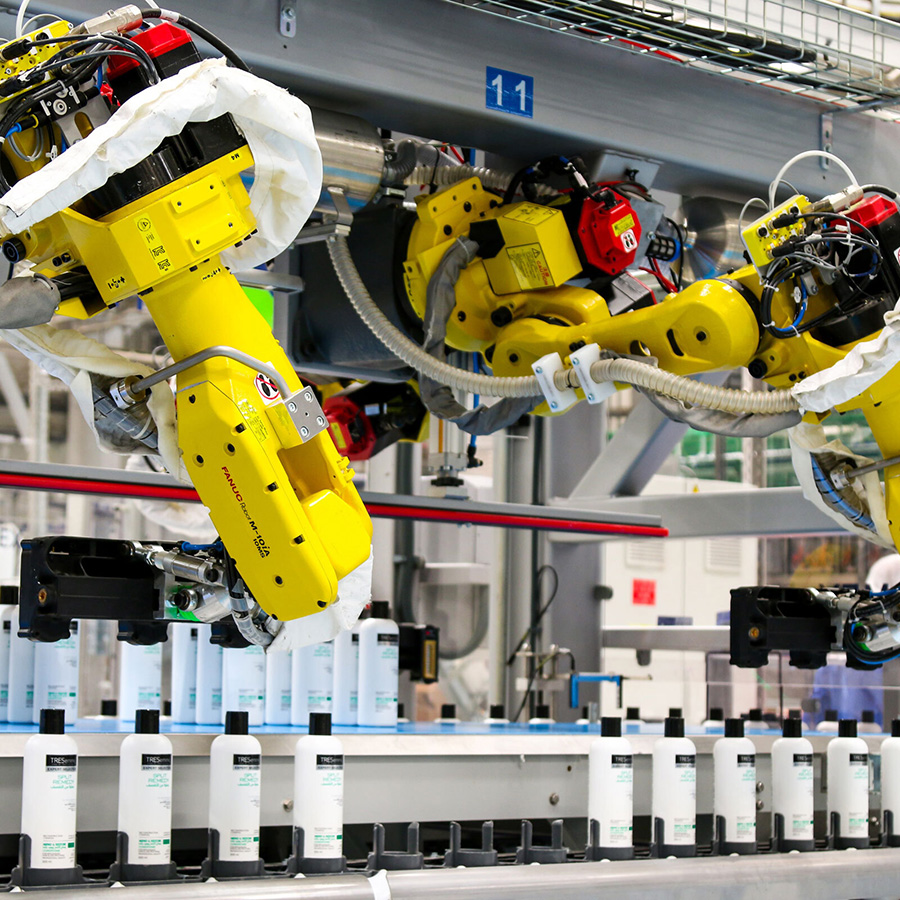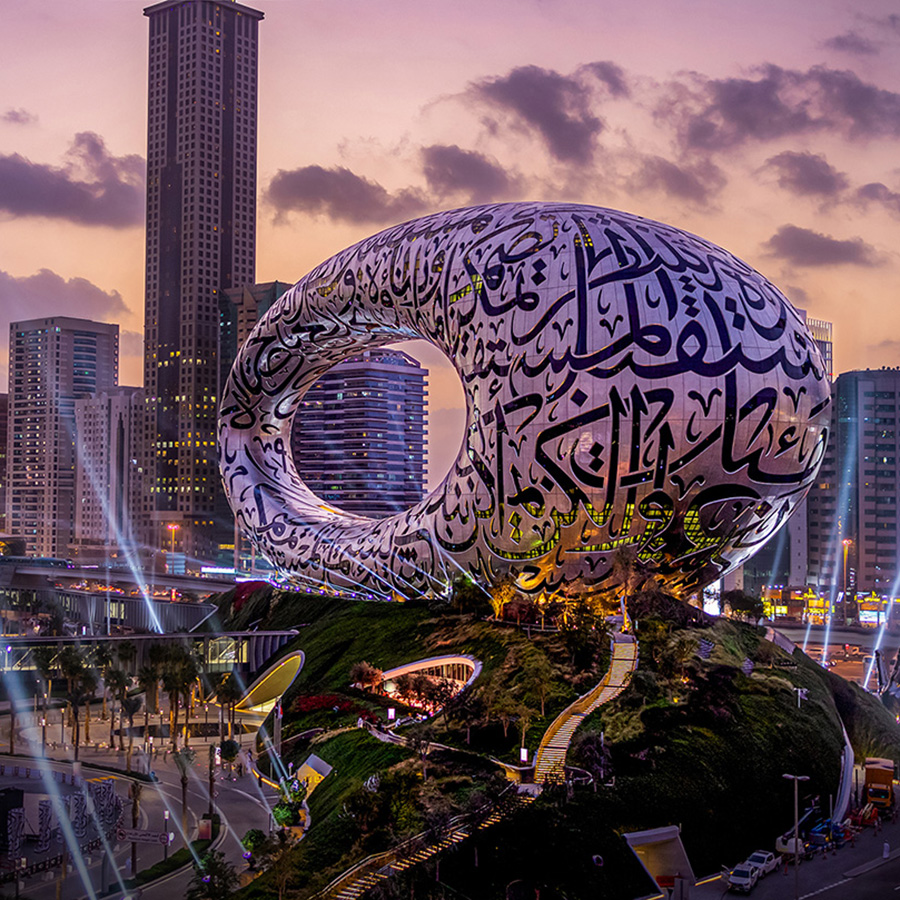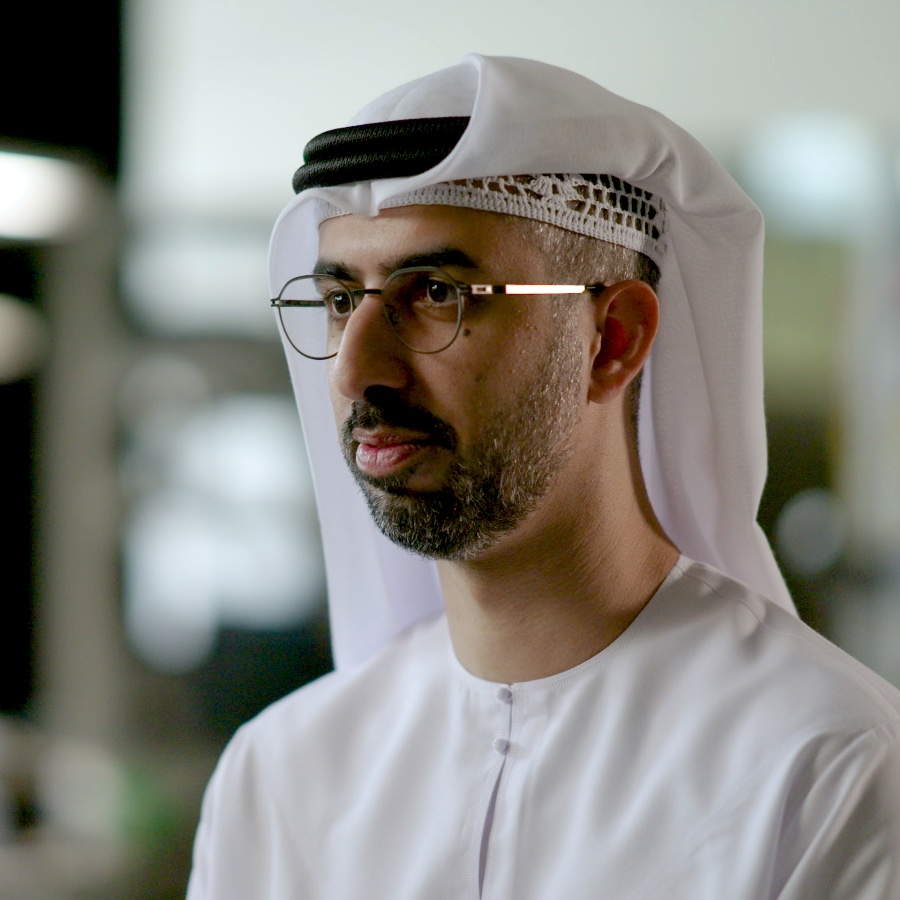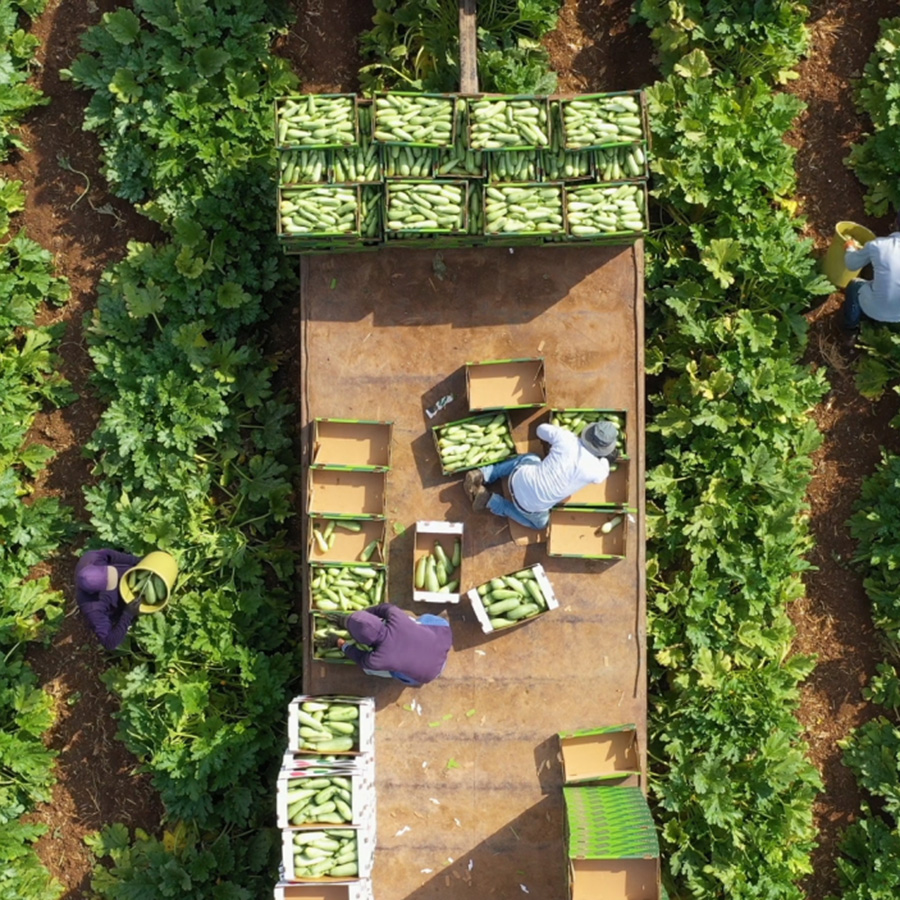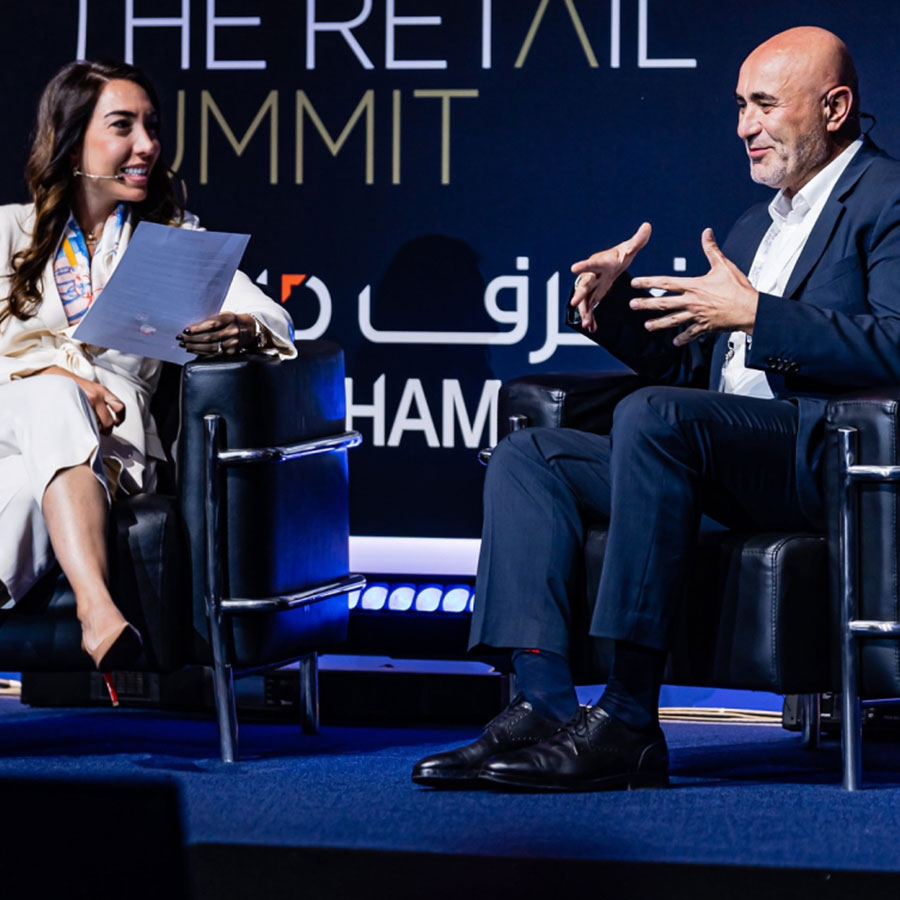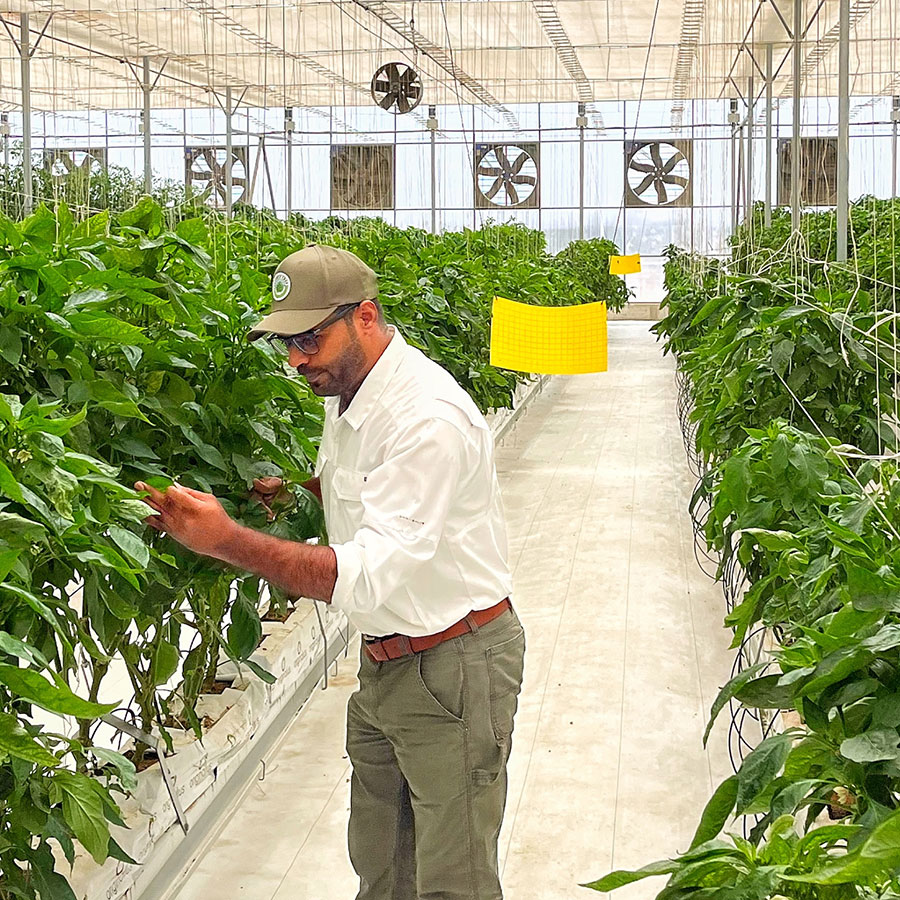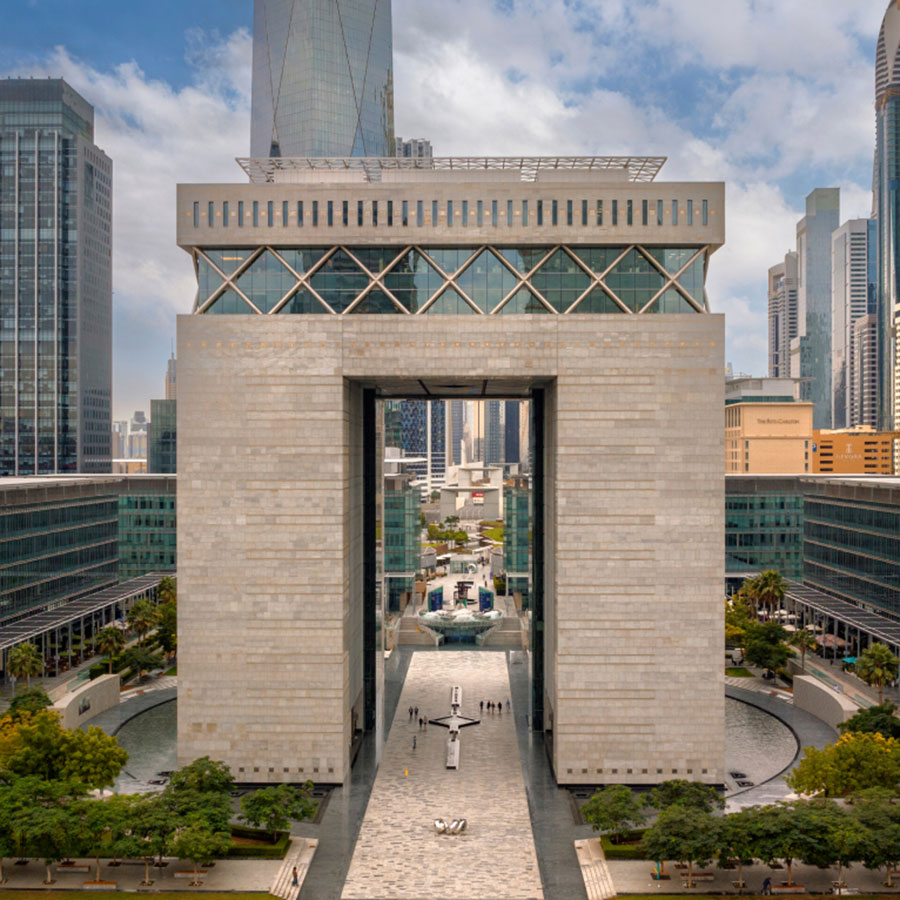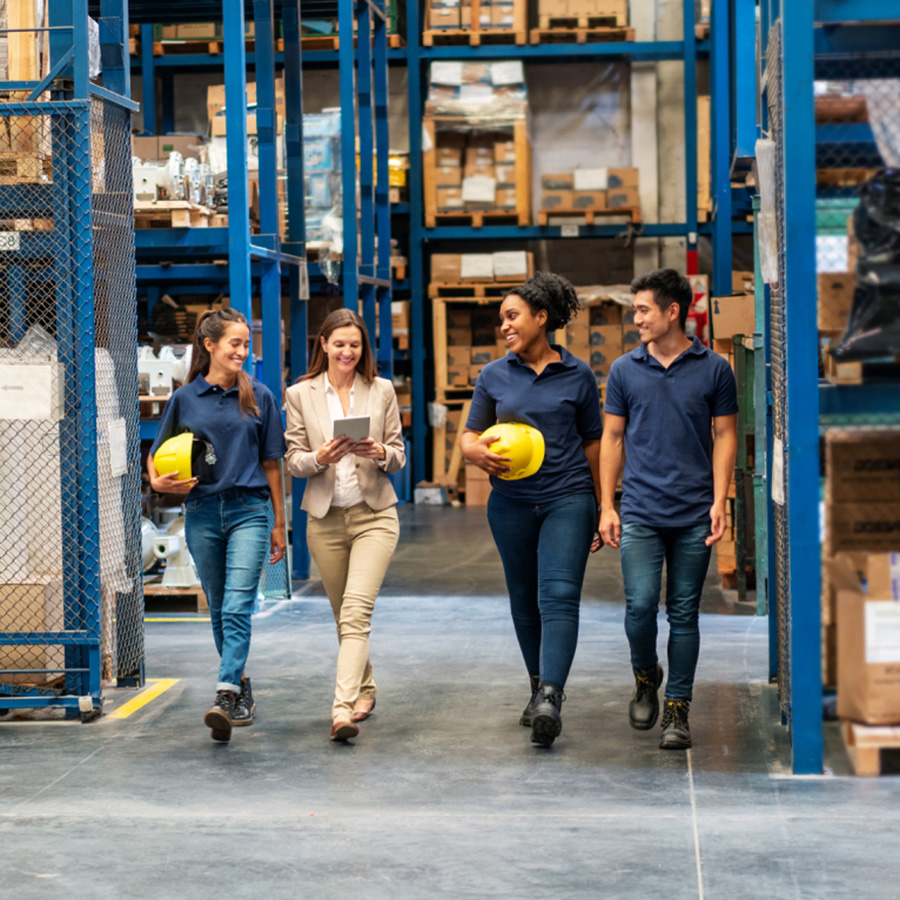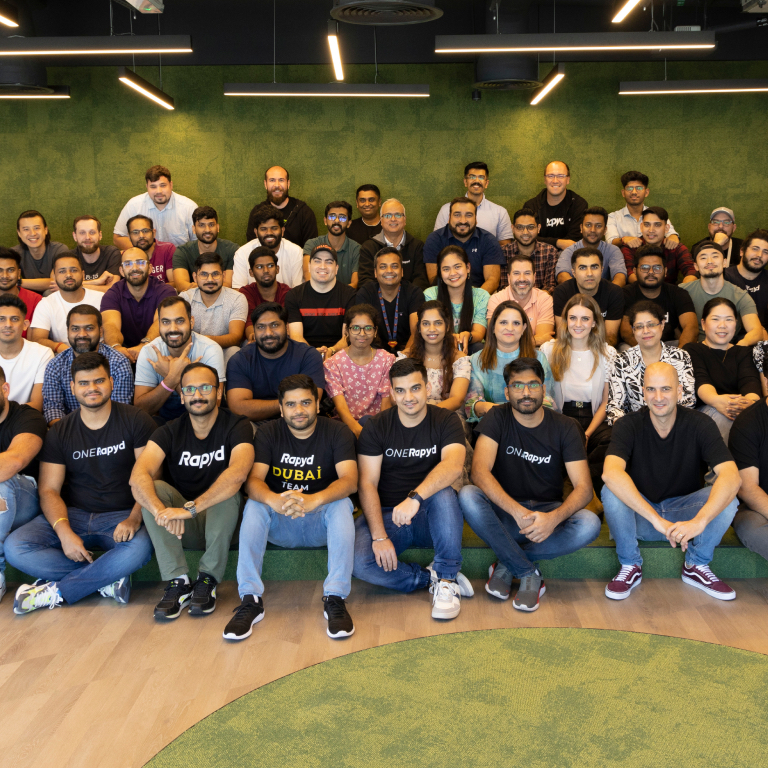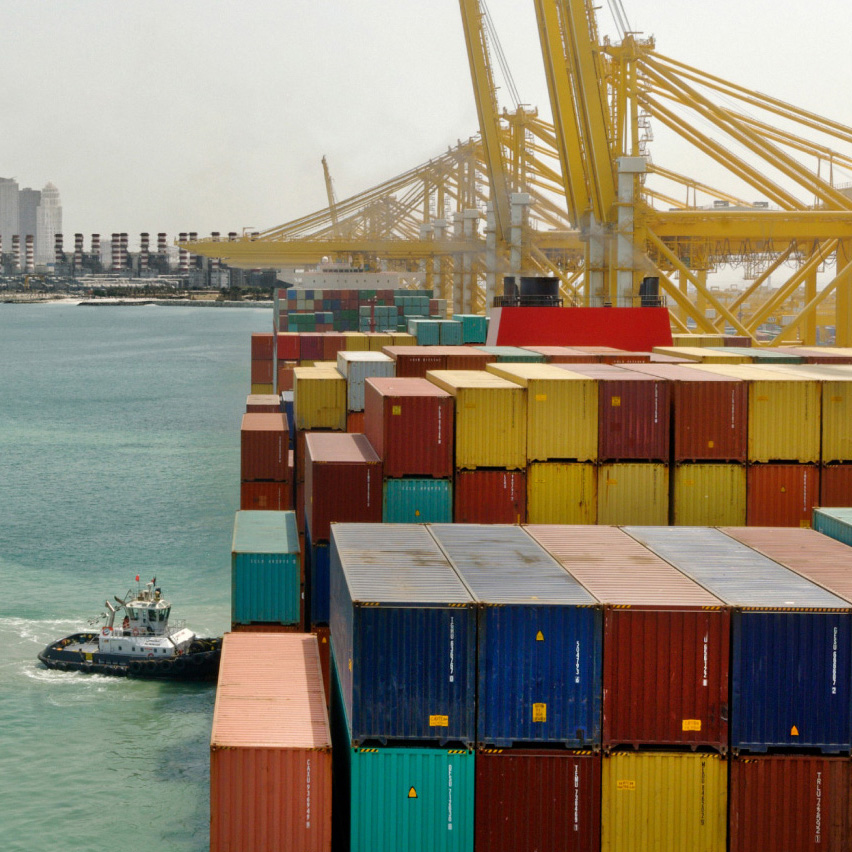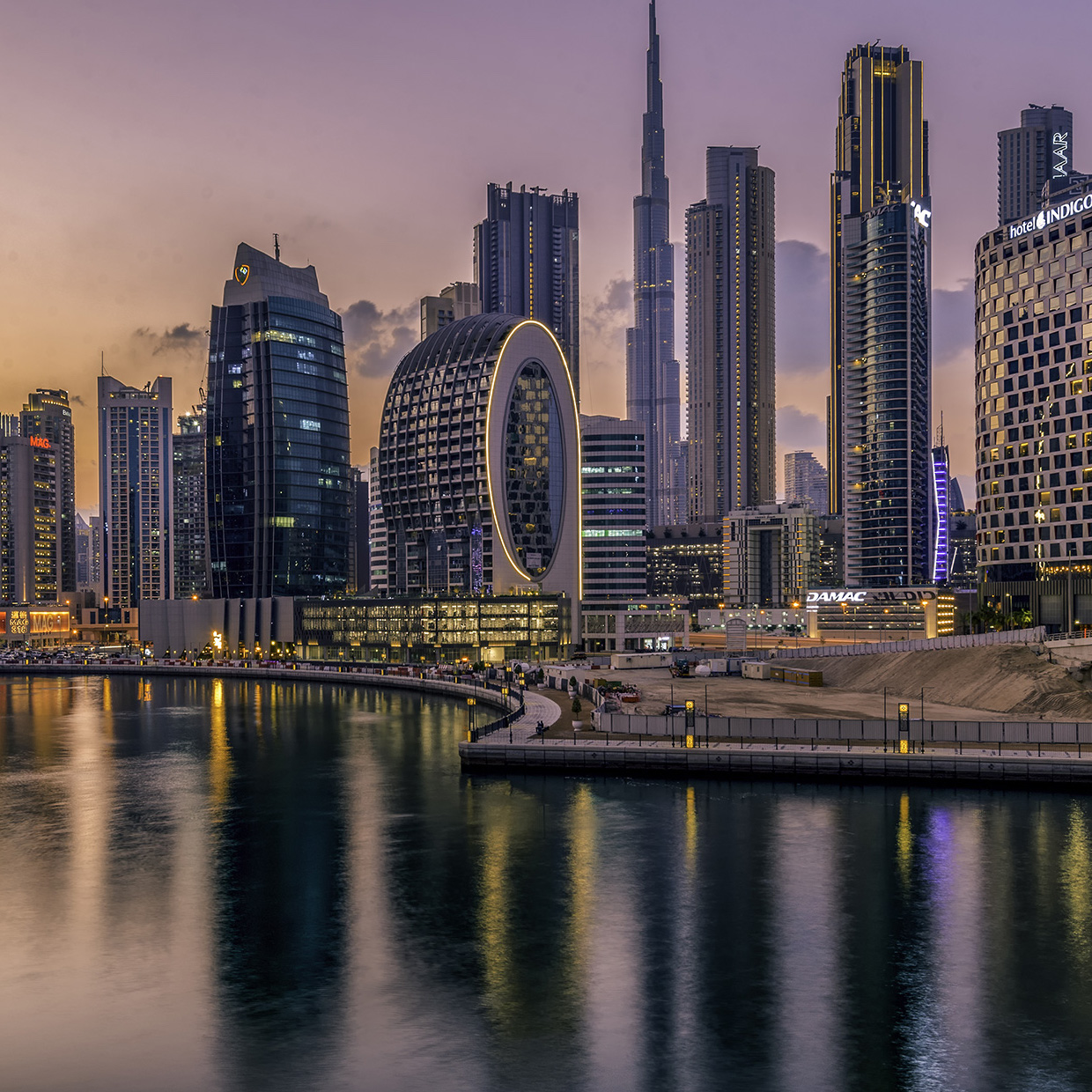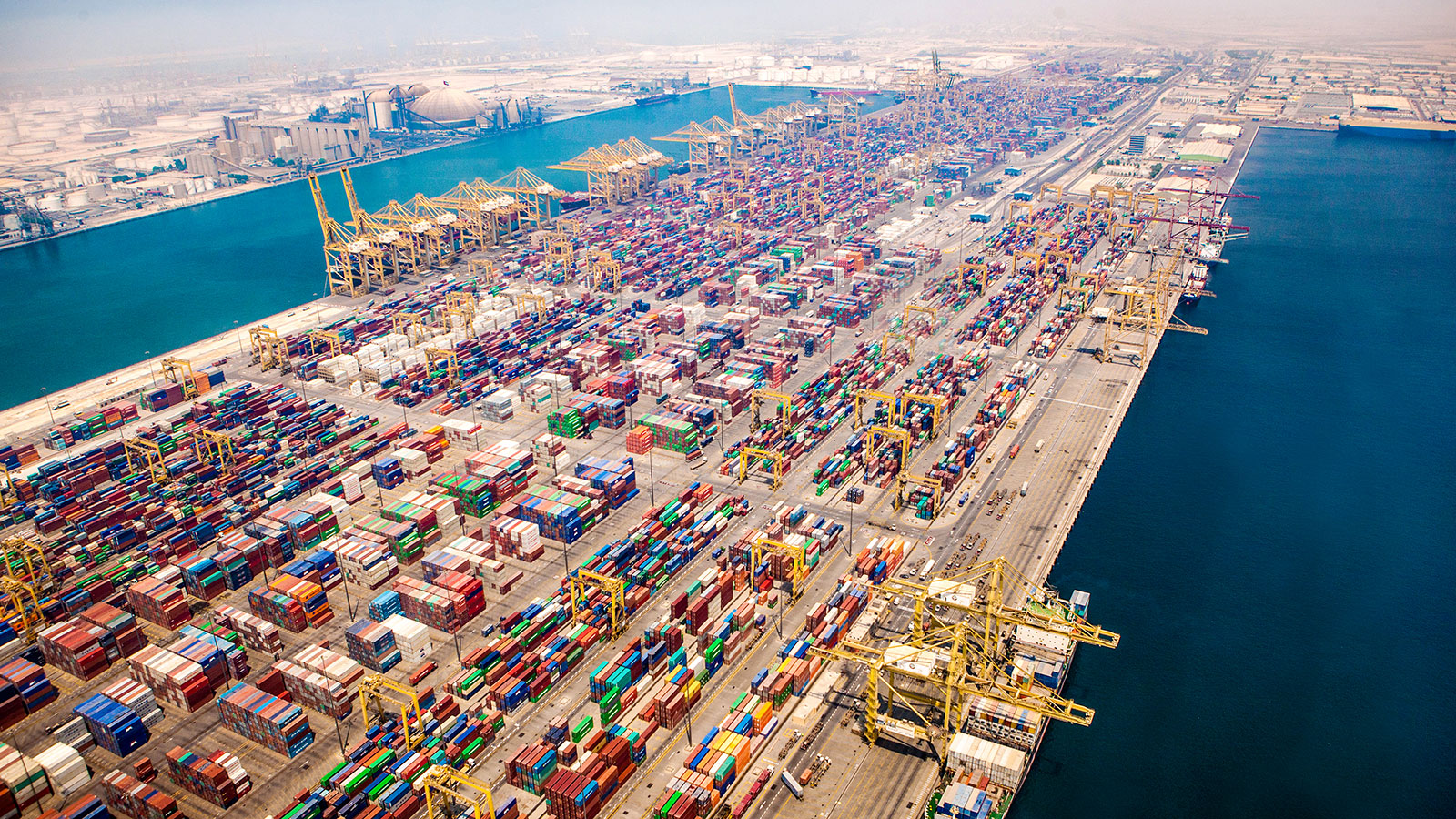
Years of disruption have put global supply chains under strain. What can logistics carriers do to stabilize networks and get trade flowing again?
Global supply chains are blocked, causing shortages of everything from chickpeas to computer chips.
This can be attributed to the lingering effects of the pandemic and ongoing global conflicts. But there are longer term causes, too, such as the massive expansion of ecommerce and the growing demand from and to emerging markets. Logistics today is markedly more complex than it was even five years ago.
The question is, what can supply chain operators do to manage that complexity, and unblock global trade? The answer emerging in Dubai is a combination of agility, network resilience, and technology.
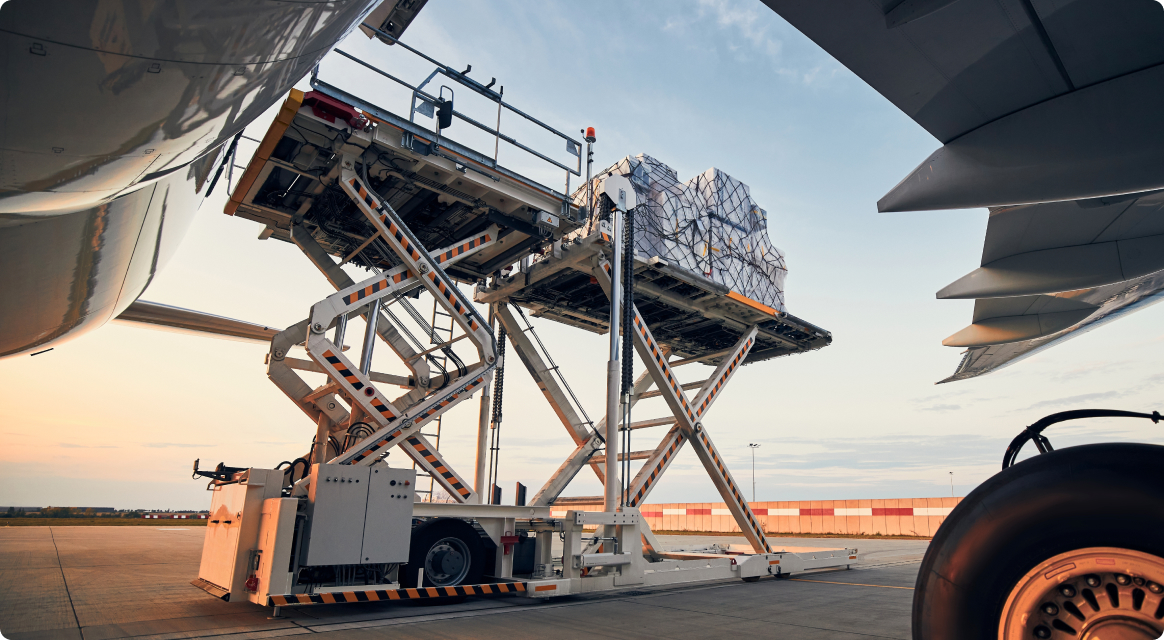
Automation and robotics are helping to ease the strain in warehouses and ports.”
Agile Logistics
The explosion in ecommerce has pushed supply chains into overdrive. Same day delivery is increasingly expected. Product demand can spike in a second because of a viral video. And at the same time, logistics chiefs are grappling with this increase in demand while trying to manage unprecedented disruption, freight bottlenecks, and manufacturing delays. Squaring the circle demands nimble supply lanes.
The biggest obstacle to this kind of agility is limited visibility. Global supply chains have developed to be highly fragmented. Only 15% of businesses surveyed by KPMG were able to fully trace the materials used to produce their products. And 80% of respondents said a responsive supply chain was a priority.
of businesses surveyed by KPMG were able to fully trace the materials used to produce their products
of respondents said a responsive supply chain was a priority.
Dubai-based DP World’s CARGOES Flow platform is designed to overcome this problem. Using location and blockchain technology, the platform enables carriers to track products from origin to destination, across vendors, modes of transport, and borders. DHL’s MySupplyChain performs a similar function in the U.S. Using these solutions, carriers can see when, where, and what problems lie in the chain, in real-time – and react accordingly.
Of course, knowing the problem is one thing. Being able to respond in time also requires a flexible network, able to turn on a dime at a moment’s notice.
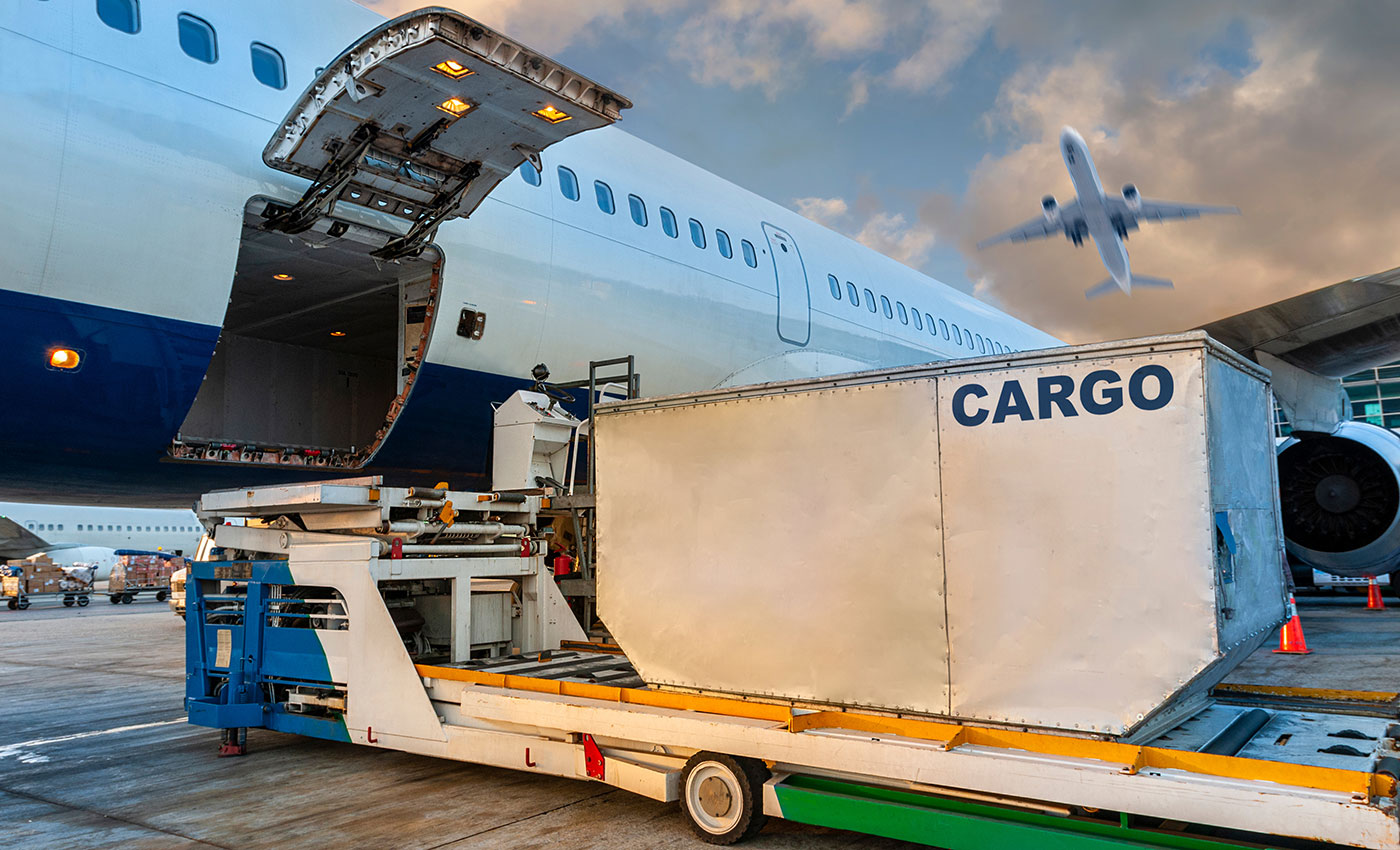
Resilient Networks
Many of today’s shortages can be traced to factory shutdowns in China during the pandemic. Europe’s energy crisis is principally caused by an overreliance on Russian gas. While these problems may appear unrelated, they are part of a larger issue with the presumed reliability of historic or existing global supply chains. To combat this, many businesses are looking to larger, local supplies as one way of smoothing over disruption; 88% of respondents to a McKinsey survey of logistics leaders said they had increased inventory stocks during 2021. But while it can mitigate initial disruptions overstocking is expensive – both to procure and to store inventory.
A potentially smarter approach is dual- or multiple-sourcing – having more than one supplier for parts or products so there’s a backup if one fails; 81% of McKinsey respondents said they had implemented dual-sourcing in the last year. And 69% said they would continue beyond 2022.
Global trade hubs are increasingly developing, enabling infrastructures that make it easy to pivot between suppliers and lanes.”
Many businesses are moving towards ‘regionalization’: Finding local suppliers for parts and products they used to get overseas. But that’s not always possible. Another approach is finding suppliers from different corners of the world, potentially crossing transport modes like railways, ships, and planes.
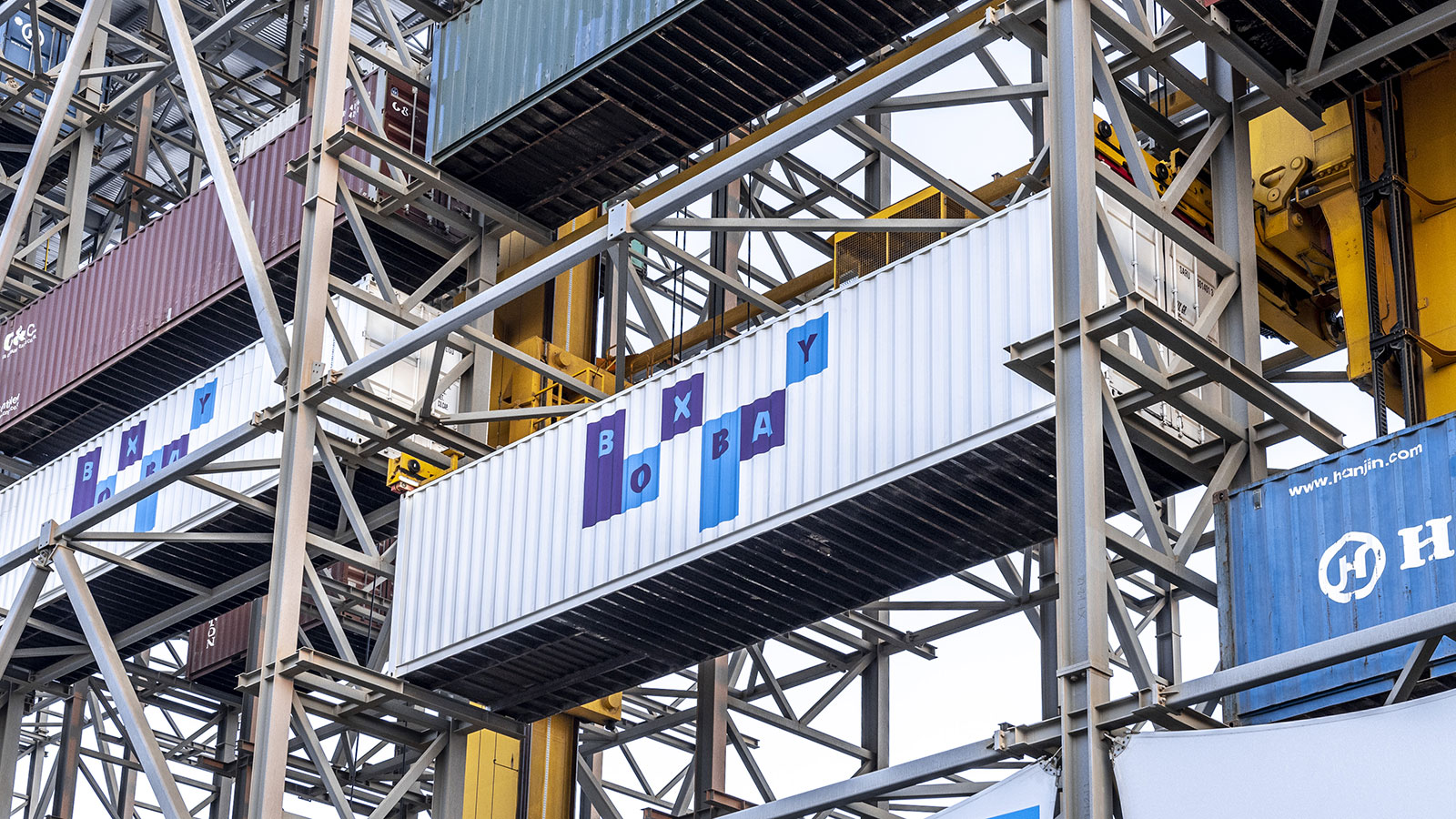
Global trade hubs are increasingly developing enabling infrastructures that make it easy to pivot between suppliers and lanes. Goods passing through the Dubai Logistics Corridor (DLC) only need one permit, even when crossing between land, sea and air. And the World Logistics Passport (WLP) loyalty scheme attracts traders from all over the world, by rewarding traders and freight forwarders for bringing their business to the emirate and Dubai-based port operator DP World’s global network.
Schemes like these put all the elements in place for a diverse, flexible supply network. But physically moving products and containers is an urgent problem, too.
Innovative Technology
Labor shortages are affecting every layer of the logistics sector, all over the world. In the U.S., there are over five million job openings more than workers to fill them. And demand for logistics workers is expanding as shopping moves ever more online.
Data-driven platforms like CARGOES help to optimize inventory and supply lane planning. Automation and robotics are helping to ease the strain in warehouses and ports.
Amazon warehouses famously use robotic arms to deliver goods to their human colleagues. DHL Supply Chain is working towards automating a third of its 20,000 forklift trucks worldwide. And the Jebel Ali port in Dubai recently introduced a robotic solution for storing and retrieving shipping containers.
BoxBay eliminates the need to ‘shuffle’ containers, making it 60-70% more time efficient than traditional solutions. And with its automated system, containers can be stacked 11 high, rather than the usual 6-7. This makes far better use of space.
The Future Of Supply Chains
Logistics is entering a new era. Fragmented, opaque, just-in-time supply chains are being replaced. The supply networks emerging now are characterized by agility, visibility, and automation.
These more flexible, agile supply chains will be ready to adapt to accelerating consumer cycles, demographic shifts, and whatever new disruption is brewing on the horizon.





